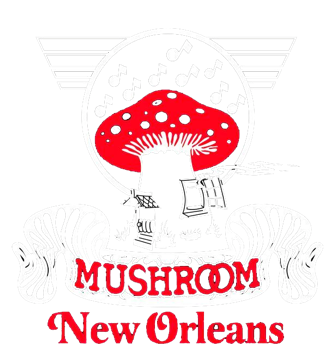At your favorite New Orleans smoke shop, we take testing transparency seriously. You should too.
With the CBD market exploding in recent years, there's an unending flood of CBD products on the market. For the consumer, this is both good news and bad news.
It's not always easy to recognize which products have high quality and purity and which are marred by false labeling or worse. In this article, we make the case for third-party testing and explain how to interpret the test results so that you can enjoy peace of mind.
Why Testing Is So Important in the CBD Industry
You should know what's in your CBD.
CBD products are derived from hemp, a bioremediator. This means that hemp soaks up whatever its roots happen to touch. So it may be that the hemp used to produce some CBD is, unfortunately, contaminated by bad heavy metals, toxic mold, pesticides, BPA, residual solvents, and other potentially harmful substances.
Add to this the fact that the hemp industry is still largely unregulated, with both state governments and the federal government struggling to keep up. Safety standards vary from state to state, and it's not always easy to check compliance.
Obviously, it's a good idea to know whether the CBD that you put under your tongue, rub into your skin, or mix into your morning coffee is safe to use and contains only the ingredients that the label says it contains. Most CBD manufacturers do ensure that their products are clean, pure, and contain the ingredients in the amounts reported on the label. But in order to make a quick buck, some less scrupulous companies choose a less transparent path.
We urge all of our New Orleans customers to do what they can to confirm that they're using a safe, effective CBD product made by a reputable source with the test results to prove it.
What CBD Is Tested For
Any reputable CBD manufacturer is happy to test its products for purity, potency, and safety, and to make the results transparent and accessible. The gold standard is third-party testing to independently verify quality, with the test results documented in third-party certificates of analysis.
The CBD oil, tinctures, and isolate we carry in our New Orleans smoke shop is typically tested for the following:
- THC content. Under the 2018 Farm Bill, the amount of TCH in CBD cannot exceed 0.3% if it is to be federally legal. However, the best CBD brands hold themselves to an even higher standard, guaranteeing that their products contain zero THC.
- CBD purity. A full-panel screening is a precise test of the purity of the CBD. The higher the number, the better.
- Other cannabinoids. A full-spectrum CBD product often contains trace amounts of terpene and trace amounts of CBG, CBN, and other cannabinoids. These are nonpsychoactive and legal, and they are likely to increase the desired effects of CBD (as suggested by the theory of the entourage effect).
- Residual solvents and pathogens. Solvents like acetone, benzene, ethylene, methanol, propane, butane, and many others are often used when extracting CBD from hemp. No traces of these substances should remain; the test will show whether any do remain. The lab panel will also show whether the product contains any pathogens, which it should not if the ingredients were handled in a sterile environment.
- Heavy metals, pesticides, and mycotoxins. CBD is typically tested for mercury, arsenic, cadmium, and lead. None of these heavy metals should be in something you consume. Hemp is often cultivated using pesticides, which can contaminate CBD even after it has been extracted. A proper test will show whether these and other toxic substances are present.
How to Read the Lab Results
Check the numbers for CBD in the profile of cannabinoid content. The high 90s are good, and a number close to 100 is optimal.
In the label for broad-spectrum products, you will see a reference to "other cannabinoids," including THC. To be legal, the proportion of THC in hemp-derived CBD products must be less than 0.3 percent. All THC-related entries should stipulate that the amount of THC is less than the limit of quantitation, or LOQ, so look for the symbol and term "<LOQ." This means that the compound was not found at detectable levels.
The sections for residual solvents, pesticides, and heavy metals should also state "<LOQ." The test sometimes also provides specific numbers, or reports "Pass" or "Fail" in the Status field. One more abbreviation to know about is ND, which means "not detected." You can find it in the Result field.
Mushroom New Orleans Carries Only Trusted CBD Brands
All of the CBD products that we carry have been tested by an independent, third-party testing facility to verify quality and potency. Each is guaranteed to have zero THC and to be free of contaminants and toxins.
We love to talk about all things CBD, so stop by the store and speak with our friendly staff about any of the CBD products we carry. We're open every day from 10 a.m. to midnight, and it's worth the trip!
CBD products are only available in-store and are not available for online purchase.



Leave a comment